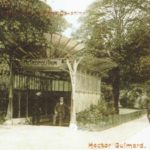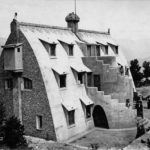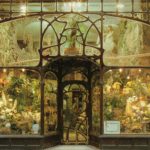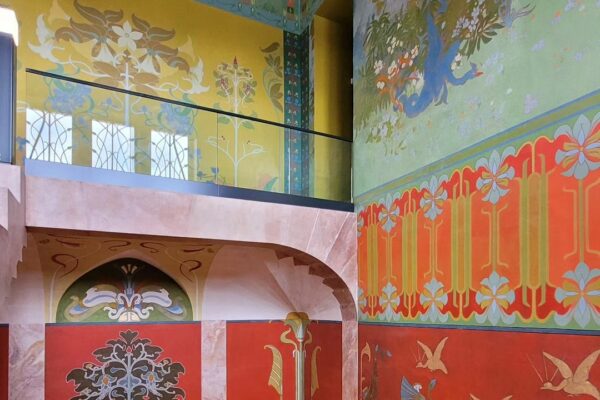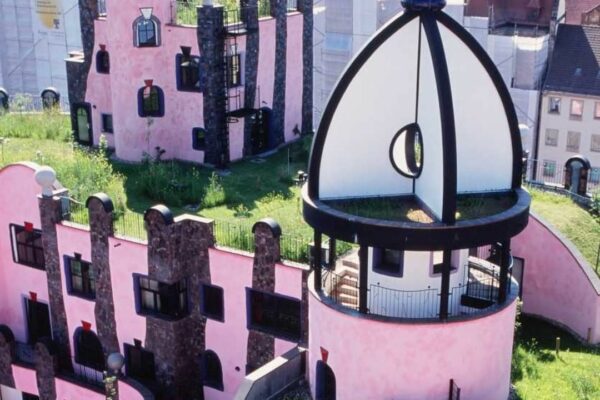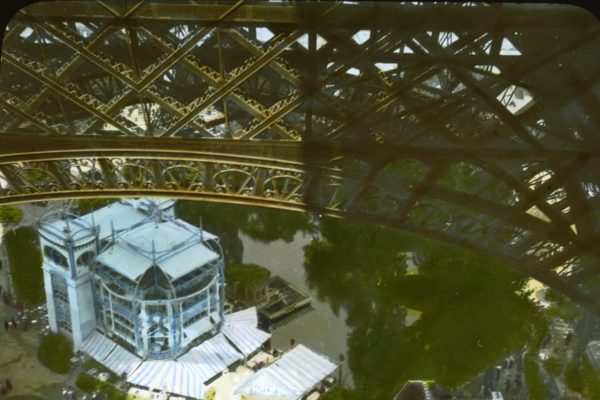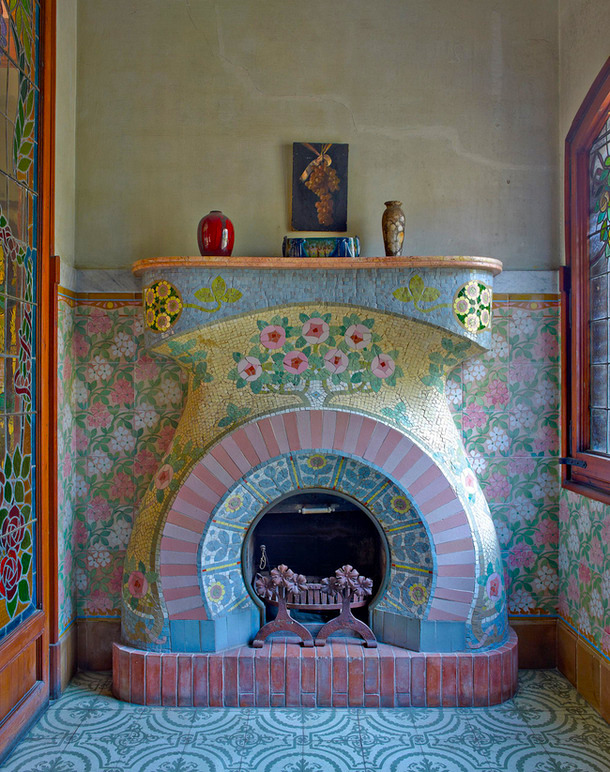
Imagine building a house with an unlimited budget and dying before you have the chance to move in! That’s what happened to Joaquim Navàs, the patron of Casa Navas, located in Reus, Catalonia, Spain, a design masterpiece which has remained in remarkable condition.
This house on the surface might look like Art Nouveau at its finest, but it’s actually one of the best examples of Modernisme, with an e – aka, Catalan modernism. While Modernisme took place at the same time as Art Nouveau and there are certainly many parallels, it has its roots firmly in Catalonia.
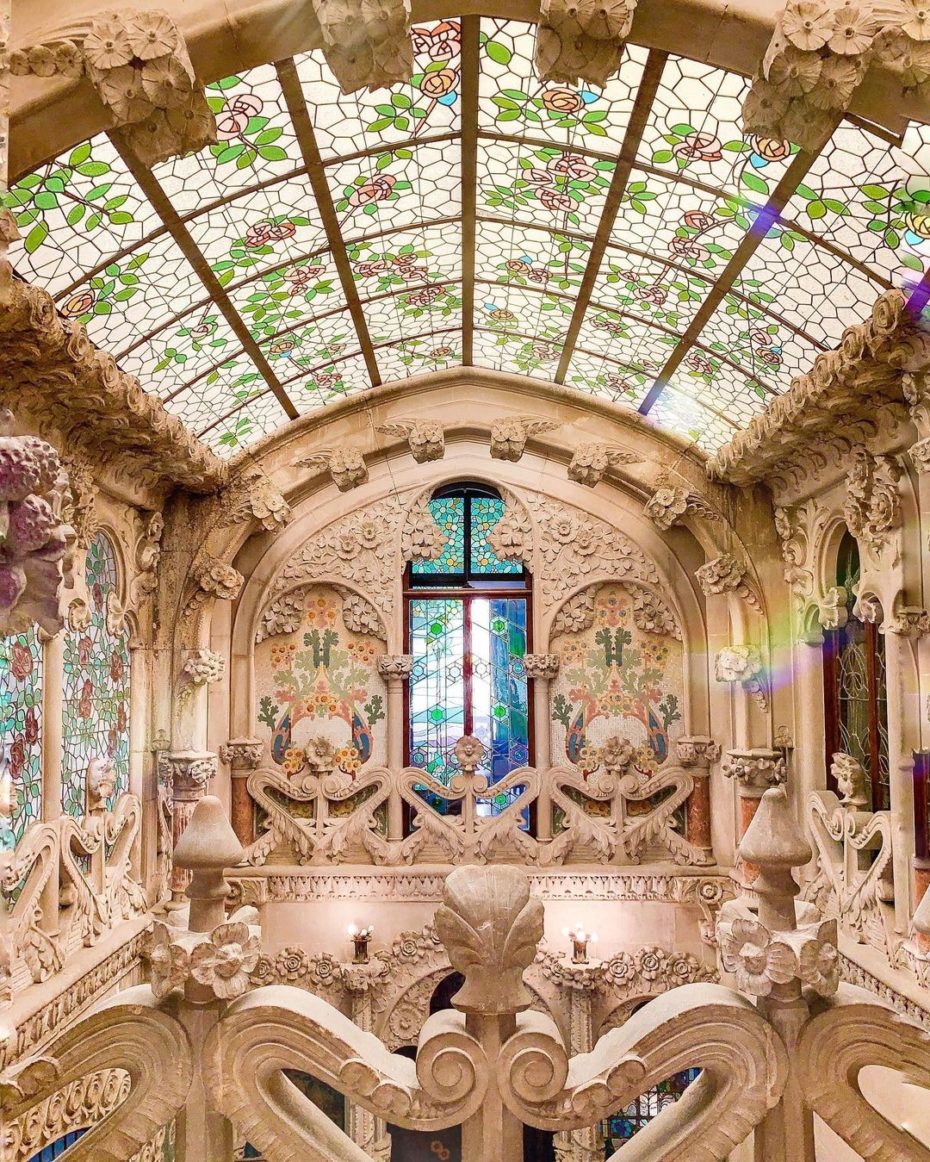
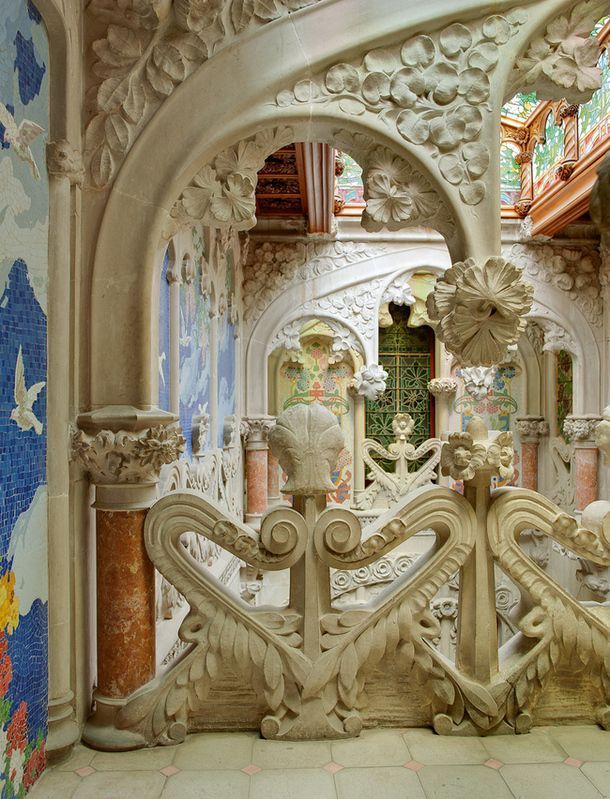
One of the most predominant cultures within Spain, Catalan has always been bursting with rebellious spirit, so it only makes sense that it would be the birthplace of a movement dedicated to the celebration of what it truly means to be Catalan, especially in a time when it was trying to assert its independence from Spain during the Renaixença, or the Catalan Renaissance. Many of the subjects of Modernisme were dedicated to the leisures of yesteryear and a nostalgia for simpler times. At the turn of the 20th century when the plans for this mansion where first drafted, Catalonia was experiencing the growing pains of the Industrial Revolution much like the rest of the world. The art movement emerged in the 1880s through the works of Ramon Casas, the painter, and Cirici Pellicer, a theorizer. These artists wanted Catalan culture to be respected in Europe as much as any other.
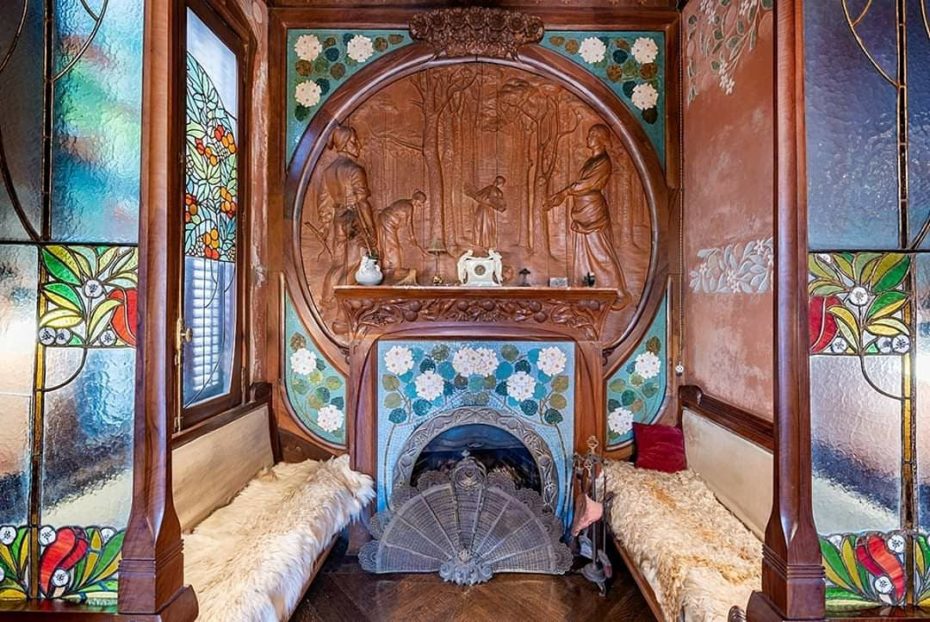
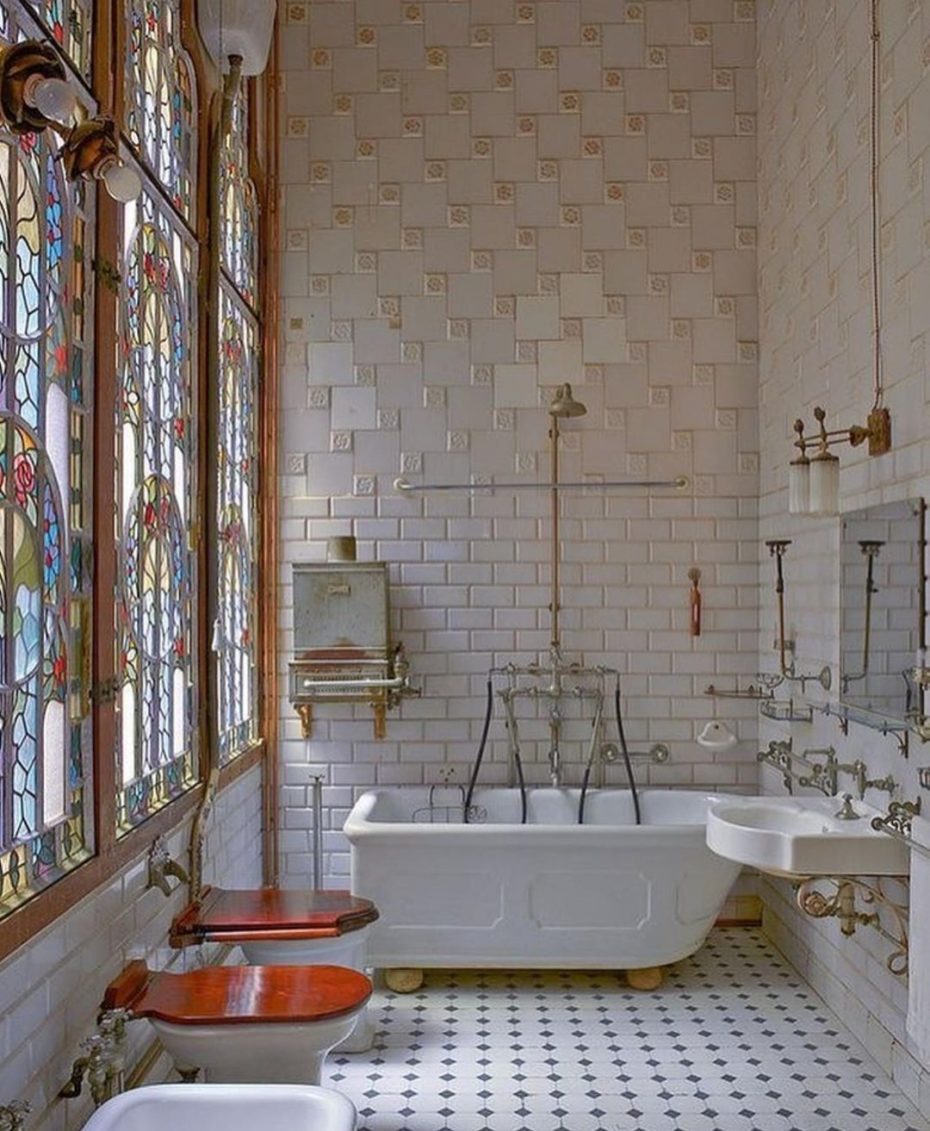
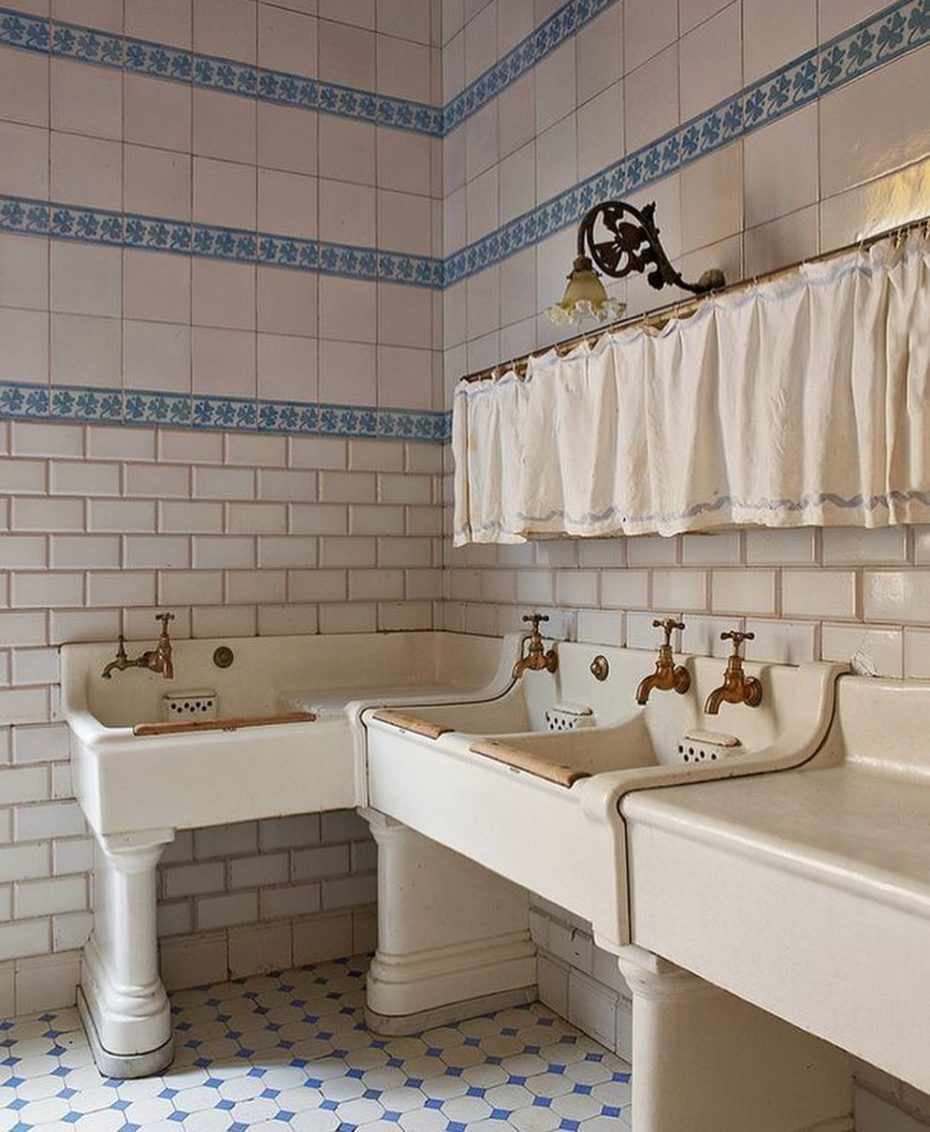
There where many rich industrial patrons who commissioned Modernista summer homes and industrial buildings in Catalonia, quite ironic considering that one of the major tenets of the movement was rejecting the values of the bourgeois. Joaquim Navàs was one of these industrial patrons, having made a fortune as a textile merchant. He hired Lluís Domènech i Montaner as the architect for this and told him he could do whatever he wanted. They selected Gaspar Homard to decorate the interiors, who was one of the premiere craftsmen of the Modernisme movement.
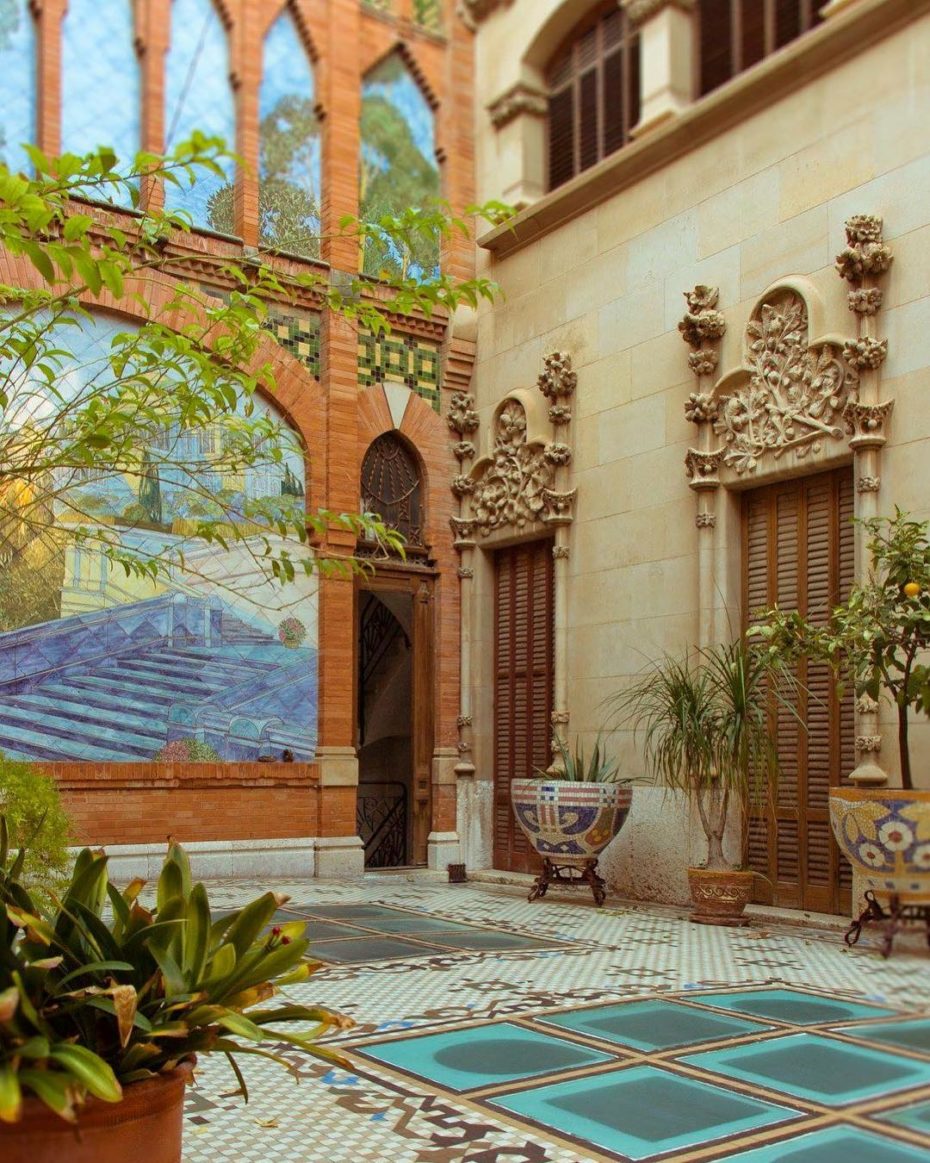
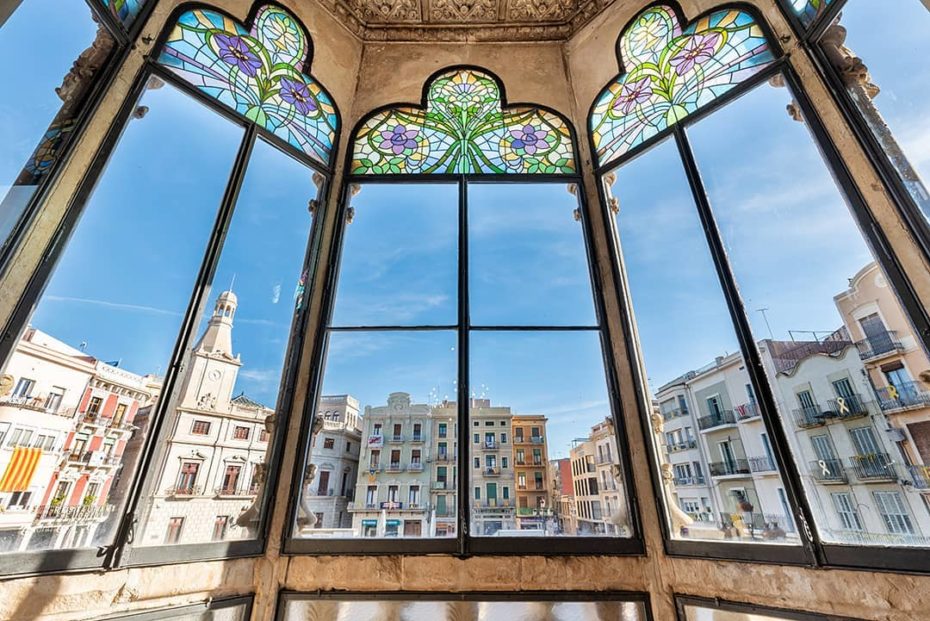
The building was finished in 1908, however all the stained glass windows wouldn’t be fully in place until 1911. Three short years later, Joaquim died, and his wife moved into the house after his death.
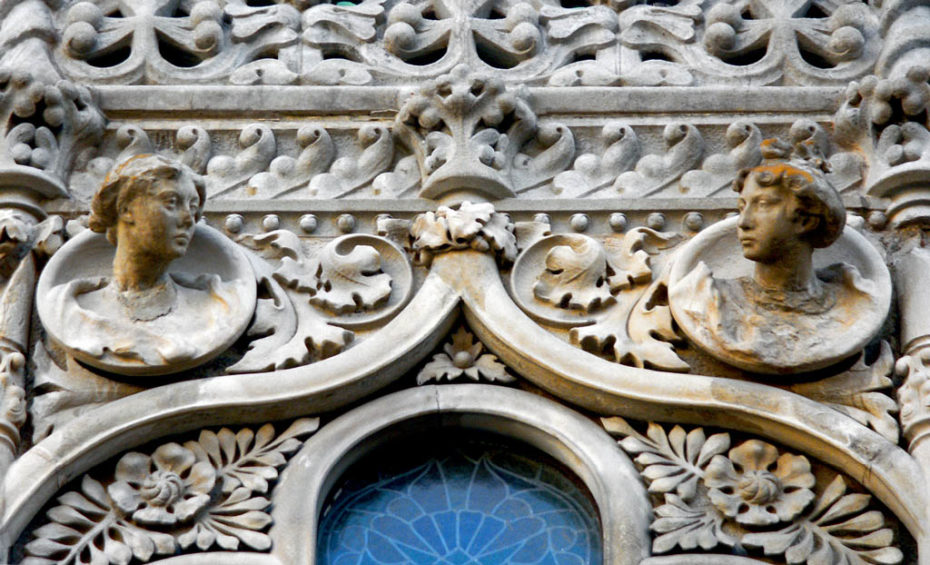
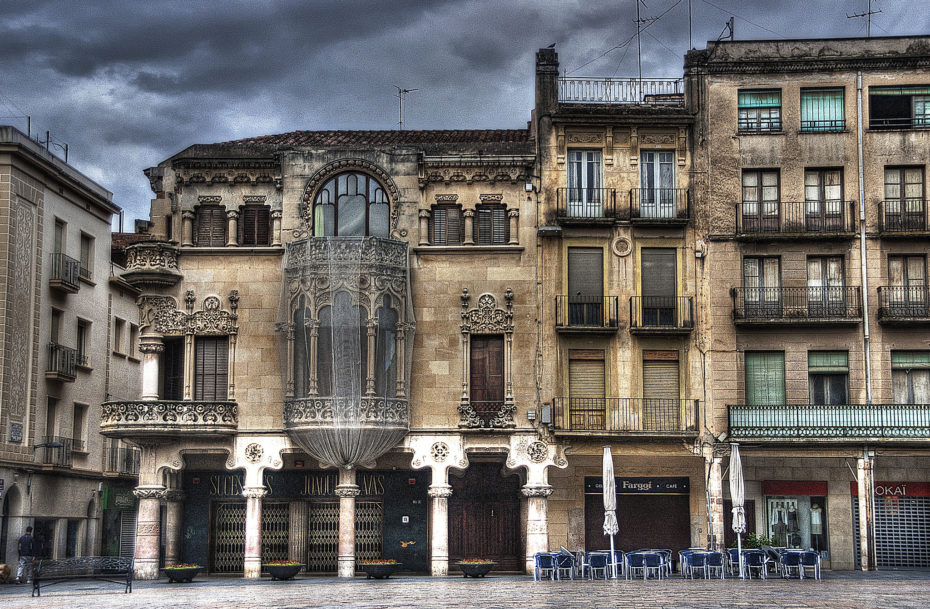
The only major damage to the site took place during the Spanish Civil War, destroying the tower on the side of the building. It has never been replaced. Until 2018 the house remained in the family, although it was rented out to various tenants throughout the 20th century.
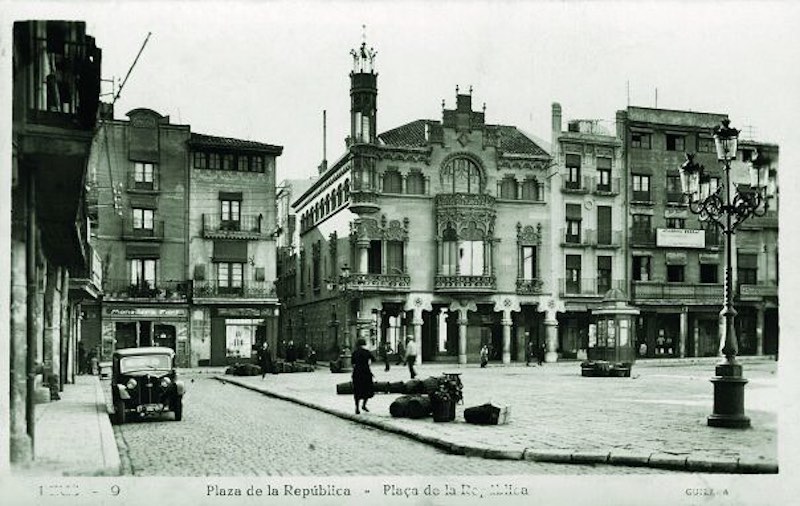
Then a businessman bought the property in order to open it up for public viewing. After some restorations the property opened back up to the public in 2019. If you really want to take a trip back in time, the property hosts Modernisme themed nights where you can eat, drink and dance along to a live band who plays popular music that would have been enjoyed in the house when it was first occupied.
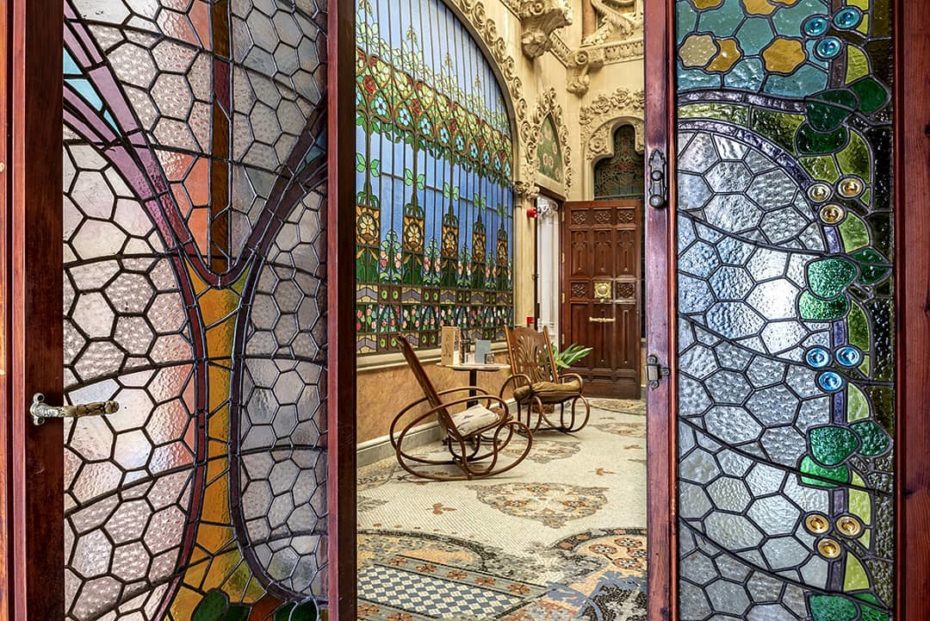
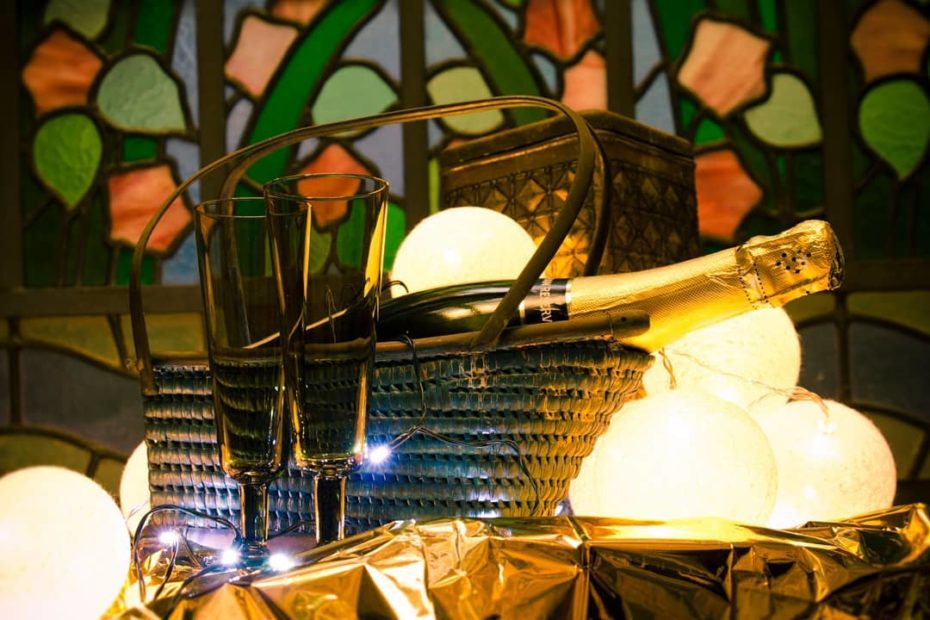
So while we wait for our museums (and passports) to reopen, start planning what you are going to wear now, the dress code is Art Nouveau elegance.


